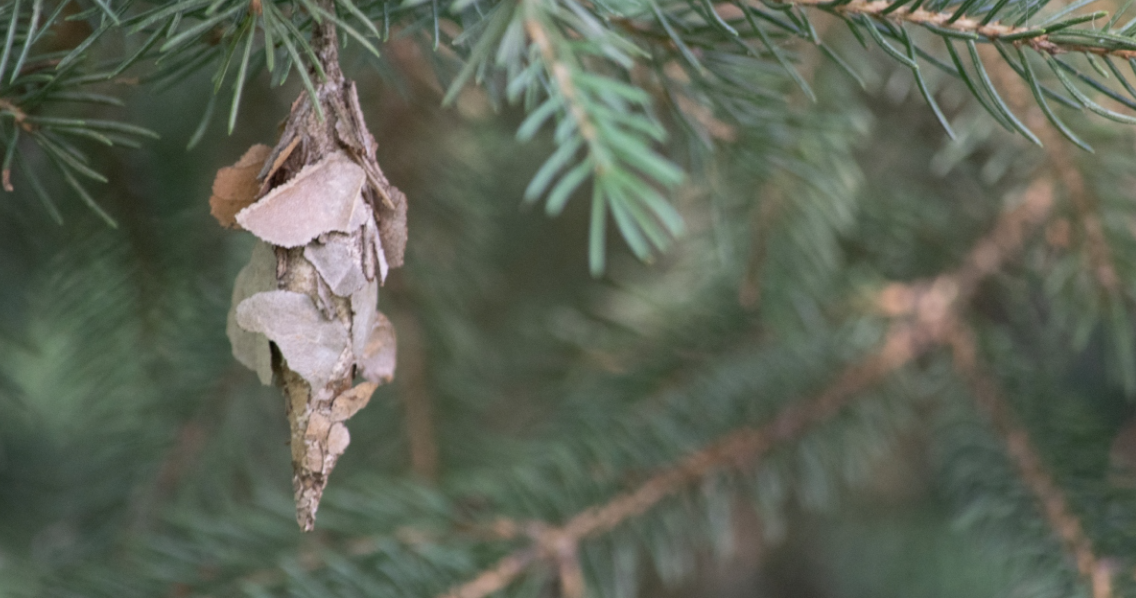
Bagworms may sound innocent, but don’t be fooled. These creatures, in their larval stage, can cause serious problems for both deciduous and evergreen trees. Despite their name, they are actually moths. They create a unique protective casing around themselves, resembling a bag, hence the name “Evergreen Bagworms.” This casing serves as camouflage and shelter for the larvae, and it grows as they attach debris like twigs and leaves to it.

Understanding the Life Cycle of Evergreen Bagworms
The life cycle of Evergreen Bagworms begins when the female moth lays eggs inside her casing, which remains attached to the tree after she dies. Throughout winter, the eggs stay inside the casing, eventually hatching in late spring or early summer. The small larvae then search for a suitable tree to attach themselves to and begin creating their own bags using silk-like threads.
As the larvae grow, their bags become larger, and they periodically emerge to gather more plant material for their casing. New bags are created as they progress through each stage. After around two weeks, the larvae transform into adult moths. The males fly off in search of females to mate with.

Take Action Against Evergreen Bagworm Infestations
Although Evergreen Bagworms may appear harmless, they can actually cause significant damage to your trees. They target the foliage, hindering nutrient production and weakening the tree. This weakened state makes it more susceptible to other illnesses, which can ultimately lead to the tree’s demise.
To protect your trees and prevent damage caused by Evergreen Bagworms, consider the following actions:
- Manual Removal: Carefully remove the bagworms by hand. While this method requires patience and thoroughness, it can be effective in smaller infestations.
- Pruning Affected Branches: If significant damage has occurred, pruning the affected branches can help mitigate the infestation and encourage new growth.
- Attract Natural Predators: Create an environment that attracts natural predators of bagworms, such as birds and parasitic wasps. These natural enemies can help control the population.
- Chemical Control: Utilize insecticides specifically formulated for bagworms to control the infestation. Always follow the instructions and use the recommended protective gear.
Preventing Evergreen Bagworm infestations is also crucial. Consider these preventative measures:
- Regular Tree Inspections: During spring and summer, when the larvae hatch, regularly inspect your trees to detect bagworms early on. Timely identification allows for prompt action.
- Proper Tree Maintenance: Maintain your trees by pruning them and ensuring they receive necessary nutrients. Healthy trees are less likely to succumb to infestations.
- Maintain Spacing: Properly space your trees to minimize the risk of bagworm infestations. Overcrowding creates favorable conditions for infestations to spread.
- Monitor Surrounding Trees and Plants: Keep an eye on neighboring trees and plants, as bagworms can migrate from one host to another.
Remember, Evergreen Bagworms may not be obvious or appear dangerous, but they are capable of causing significant destruction. Stay vigilant, take preventive measures, and regularly check your trees and plants to keep them safe from these pesky creatures!
Was this article helpful for you? We’d love to hear your thoughts!





